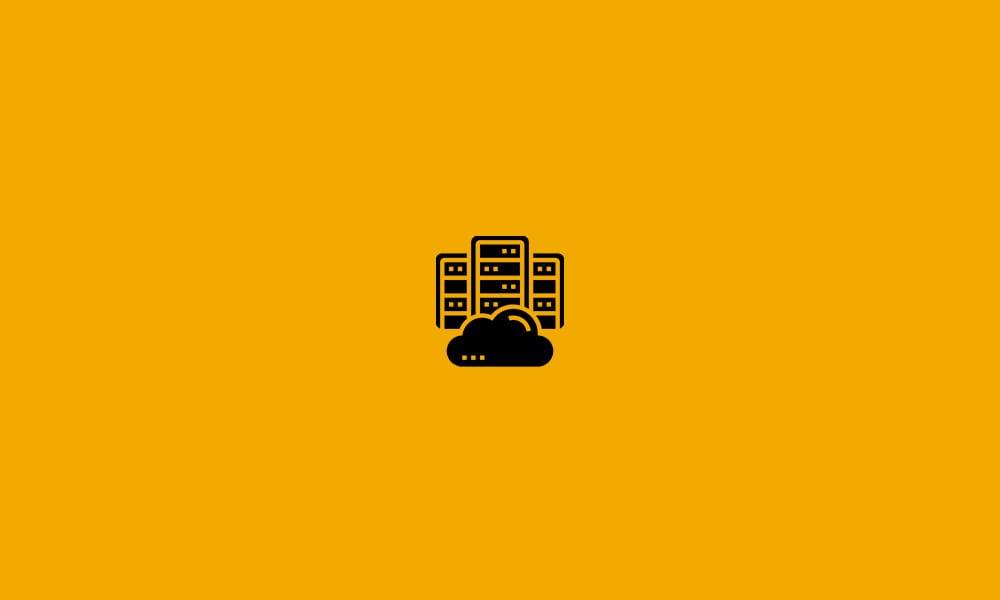The Difference of Dedicated Hosting

If you’ve done any looking into hosting services, you’ve likely realized how many options there are out there. Prices and features range drastically from one service to the next. But what does it all mean? How can some hosting services cost so much more than others?
HIPAA Compliance for Hosting and Data Security

If you work anywhere in the healthcare space, you’re probably very familiar with HIPAA compliance. Passed in 1996, the Health Insurance Portability and Accountability Act provides rules and guidelines for healthcare access, health information storage, health insurance, and more. HIPAA consists of five primary parts or titles: HIPAA Title I – Health care access, portability and renewability, HIPAA Title II – Preventing health care fraud and abuse; […]
DataYard – At Your Service
DataYard – At Your Service! Now available by popular demand, DataYard has created a brand new offering under a brand new division, At Your Service. AYS will help regional companies with all aspects of business IT – whether it is managing existing workstations and servers, migrating to a VoIP phone service, upgrading network equipment, or guiding your transition to […]
DataYard’s 2016 Internship Program – Internet of Things Kick-Off!
On June 1st DataYard officially brought on two new summer interns for a specific and pretty cool project – to explore the Internet of Things (IoT)! The chosen ones – Owen Devine and James Kinion – will be working with us through August to design, build, and deploy mobile units which report not only their […]
Client Spotlight – Mikesell’s Project Overview
DataYard is proud to announce our latest partnership with the Mikesell’s Snack Food Company – the oldest potato chip company in the United States! Since 1910, Mikesell’s has been manufacturing and shipping delicious treats from right here in Dayton to the surrounding tri-state. DataYard and Mikesell’s were introduced via mutual partners and Technology First relationships, […]
Linux Exploit Liability? Backspace 28 times to get in…Really?
Linux Exploit Liability? Backspace 28 times to get in…Really? Recent headlines on a new Linux exploit have been spectacular: How to hack any Linux machine just using backspace Exploit Logs You Into Linux Systems After Hitting Backspace 28 Times Log into most any Linux system by hitting backspace 28 times The vulnerability lies within the […]
New Flavors. New Updates. New OAMM.
Once a Month Meals’ redesign focused on helping visitors and members quickly get to the content they wanted. Once A Month Meals (OAMM) is the premier site for all things freezer cooking. From their patent pending MenuBuilder product to the bustling community of members who love to cook and have fresh food on their table […]
WordPress updates raise CMS security questions
“By failing to prepare, you are preparing to fail.” –Benjamin Franklin WordPress vulnerabilities and exploits have filled the press lately, with 3 urgent security releases in the past month alone. The popular content management service (CMS) powers nearly one quarter of the web, making WordPress a ripe target for exploitation and a big concern for website […]
“Venom” Vulnerability Details Released
This week the “Venom” vulnerability was announced, affecting a number of virtualization systems, like Xen, KVM, and VirtualBox (http://www.zdnet.com/article/venom-security-flaw-millions-of-virtual-machines-datacenters/). Hackers can use the defect to exploit flaws in code written more than 10 years ago, a virtual floppy disk controller, to shut down the hypervisor. With the hypervisor disabled, a hacker would then able to […]
